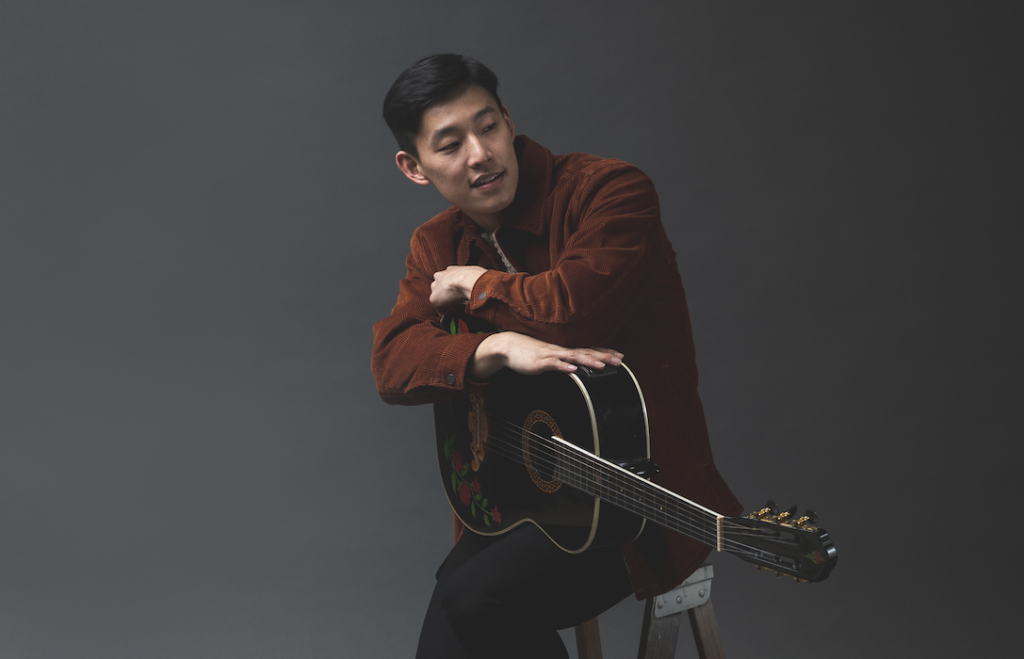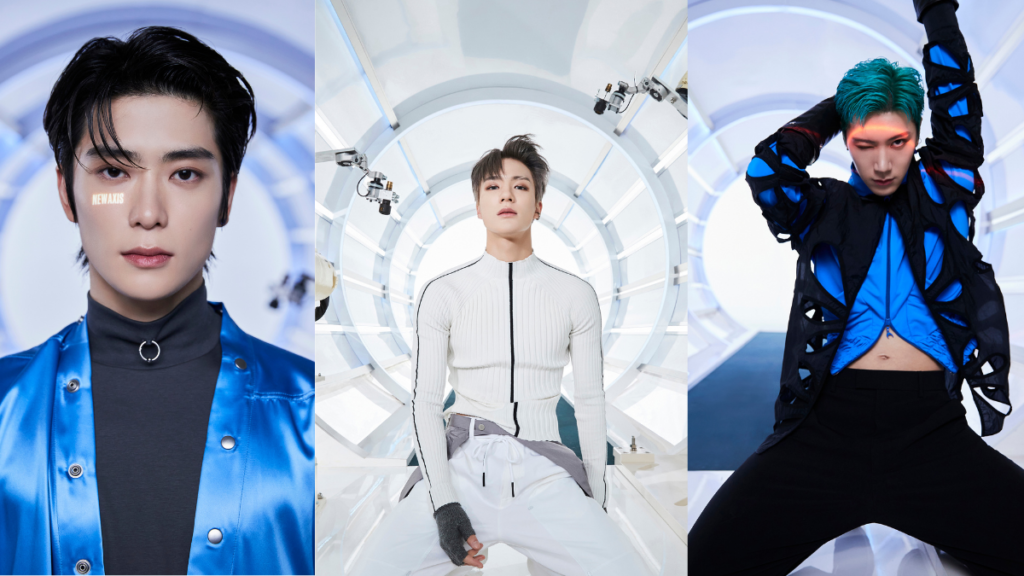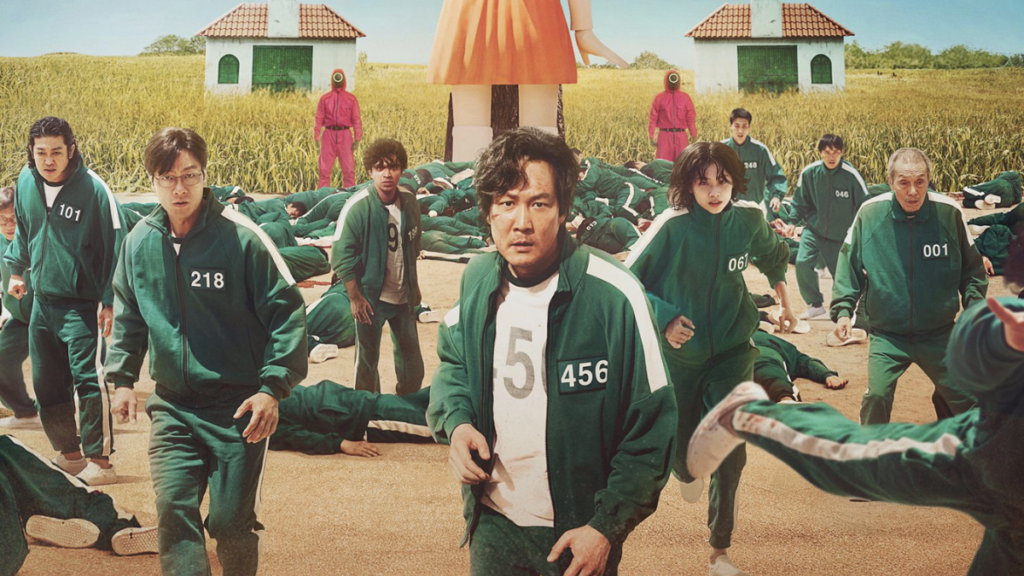Who Are Our Evelyns and Waymonds?: Gender Dynamics in Everything, Everywhere, All At Once

Summer has already shown itself to be a season of success as the quirky spring-release Everything, Everywhere, All At Once (2022) recently made waves as A24’s highest-grossing movie–for a good reason.
The film is centered around a Chinese-American family comprised of regret-soaked mother Evelyn Wang (Michelle Yeoh), her gentle husband Waymond Wang (Ke Huy Quan), and their American-born, lesbian daughter Joy Wang (Stephanie Hsu). Everything, Everywhere has been received so well precisely because it is a much-needed reflection of the interpersonal experiences of immigrant families.
As Evelyn battles the sci-fi setting of collapsing multiverses alongside her family, she ultimately finds accountability for herself; this is the story that resonated with audiences of all backgrounds. By transcending culture to comment on wider patterns and systems of harm, Everything, Everywhere gets right what primarily white-centric American media has routinely failed to do.
The same can be said when thinking about Everything, Everywhere’s depictions of gender that bring viewers to its conclusion. While the story is focused heavily on the tumultuous relationship between Joy and her mother, Waymond plays an integral role with his moral code: “Be kind.” It sounds simple, but there is much more to it, especially considering the history of Asian gender roles in American media and the current dynamics that still exist today.
Everything on Evelyn: The Mother
To understand Waymond, we must first understand Evelyn.
When nothing matters, everything can, and within the bad, there is always good. This is the ever-consistent thread of Chinese “yin-and-yang,” of opposing harmonies touted as the film’s theme. It is also evident in Everything, Everywhere’s parents.
Evelyn is a matriarch whose cold exterior and rigidity sour the relationship between herself and her family. Namely, Joy has ceaselessly worked underneath the academic expectations of her mother, but the fractures fully erupt when Evelyn refuses to properly introduce Joy’s girlfriend to Joy’s grandfather Gong Gong (James Hong) under the guise of maintaining peace.
Evelyn depicts the paradox of having a hardy matriarch that we are inspired by as much as we have been harmed by. Although Evelyn accepts Joy, it is clear that this still has limits. While not justifying Evelyn’s homophobia, this film paints an important and more complex view of why Evelyn acts the way she does, and who she is.
Considering all-too-common Asian tiger mom narratives, Everything, Everywhere presents a hopeful shift for how diasporic children can think of our mothers, our families, and more broadly, our communities.
In Evelyn’s flashbacks to her past, the film encourages viewers to meditate on her hardness, as a shell she has been forced to grow in order to protect herself–and her family–from the realities of systemic oppression and discrimination. Whether it is Evelyn faltering underneath the flurry of English procedures by the strict IRS inspector (Jamie Lee Curtis), shouldering the care of her recently immigrated elderly father Gong Gong, or struggling with the consequences of doing so in their laundromat business ever since, Evelyn’s adamance to a certain kind of stagnancy is what keeps her and her family from falling apart.
This is best summarized by Angie Y. Chung, a SUNY sociology professor behind the book, Saving Face: The Emotional Costs of the Asian Immigrant Family Myth: “Asian immigrant families must be reexamined as a site fraught with multiple contradictions, tensions, and conflicts that have been growing with the rise of the global economy.” Our families need to be thought about with empathy in order to truly understand our multiplicities. This is also not exclusive to Asian families, as Chung pulls from many consequences Jewish and Black families have faced when their circumstances have been made similarly precarious by forced migration.
Going back to Evelyn, it is clear she does not make any more waves in the very limited area that she is capable of controlling, in the belief that it could prevent any more turmoil from occurring to her or her family. This is core to her character and allows a peek into her demographic background of working-class immigrant mothers, which we don’t often see represented positively in American media.
Within this understanding, it is also essential to recognize that such mothers often have to operate in both roles of the laborer (even breadwinner) and homemaker in order to even afford the physical cost of living. Moreover, in their role as “mother,” there is an expected, additional dimension of emotional care that is placed on them exclusively–instead of having the responsibility shared with the father. These are often unspoken but very real challenges faced by immigrant mothers globally.
As viewers, through Everything, Everywhere’s explicit flashbacks and protagonist-positioning of Evelyn, we consider our own complicit role in the placing of expectations on those like Evelyn. But, more importantly, we gain the realization of Evelyn as not just a mother, but a person.
Everything on Waymond: The Father
Perpetuated in both the West and Asia, the role of “father” tends to absolve the parent of emotional responsibility, given societally enforced roles of strong–often emotionless–father figures. This is where Waymond’s character shines.
Waymond refreshingly subverses current depictions as a supportive, albeit “weak,” father figure. It is powerful that Waymond fights with his softness and kindness, given traditional masculine roles that we see within our communities, as well as broadly across Chinese American and Western media. However, in criticizing misogyny in our communities, it is also important to consider the way Asian men have been demasculinized and deemed inferior for not being strong in Western media.
Asian men have routinely been reduced to racist caricatured jokes in American classics like the vaguely Chinese character, Long Duk Dong of 16 Candles (1984), the yellow-faced, Japanese Mr. Yunioshi in Breakfast at Tiffany’s (1961), and even less explicitly, like nerdy Baljeet in Phineas and Ferb (2007). Even popular Chinese American movies like Joy Luck Club (1993) were criticized for their portrayals of Chinese men as misogynistic figures that were even more harmful than white men.
While there has been “improvement” in depictions of Asian men, Western audiences prefer Asian media that primarily features action like kung fu and individual male (or male-adjacent) heroes, whether it is the horror-thriller Train to Busan (2016) or Wuxia like Crouching Tiger, Hidden Dragon (2000). Case in point, Everything, Everywhere was originally conceived for Jackie Chan.
At the same time, harmful past representations of gender have been written about ad nauseam without recognizing how little further action has been taken by media and audiences currently to truly question these outdated, often heteronormative constructions of gender. This has had grave consequences, as certain Asian American groups have gone the opposite direction to vouch for extreme masculinity or to blame Asian women for their supposed role in perpetuating this undesirability.
This is why it is so important that Everything, Everywhere’s characterization of Waymond emphasizes that toxic masculinity isn’t truly necessary in order to be desired–if not truly loved. This may be even more fulfilling than being just sexually desired, objectified, and ultimately, commodified. What matters is not what he can do–what matters is who he is.
The Waymond that wins is not the one that can knock everyone out, it is the one that continues to love Evelyn despite how cynical she has gotten, the one that scrambles to make sure Joy is okay, the one that is not ashamed to cry for help when the love of his life accidentally takes more than she can handle, and the one that will always give another chance.
While one can argue that Waymond is being stepped on in this role, by the end, it is understood that his method of being kind is what helps repair the broken mother-daughter relationship. Plus, even in Evelyn’s most successful timeline as a movie star, Waymond does get the final say and stands up for himself by saying that it was never their circumstance that affected his love, but the way she acted. It matters too that Evelyn had the space to realize herself as both the villain and the hero.
All too often, women characters are subjected to and used as the objects for character growth of protagonist men. In Everything, Everywhere, the roles are flipped as Evelyn gets to be loved unconditionally by Waymond in spite of her flaws that have placed her in the worst universe possible. Running alongside the mother-daughter relationship is this beauty of “allowance” and the space to make mistakes, that many of our immigrant mothers don’t often get.
Everywhere: The Implications of Gendered Racialization
The differentiation between humanization and commodification is especially important when we consider the history of Chinese American immigration and the current rise of violence against marginalized Asian American groups like the elderly and women.
Historically, single Chinese men migrated first for U.S. labor exploitation needs, whether it was in agricultural work, the railroads, or in ethnic enclaves. As a consequence of this and American laws that prohibited the migration of women, the sex distribution was greatly skewed with men greatly outnumbering women.
Chinese women could only come to the U.S. based on the power exerted over them by the men already there, whether that was in the form of marriage or trafficked sex work. Chinese women were greatly isolated from American society, while American depictions of Asian women as hypersexual “temptresses” ran rampant in films like The Thief of Baghdad (1940), Full Metal Jacket (1987), and Charlie’s Angels (2000).
While Asian men were deemed as completely undesirable, Asian women were–and are still today–suffering from the opposite end of the spectrum. In American wars abroad, this media likely influenced American soldiers, who would sexually abuse people from Vietnam, the Philippines, and Korea. These were not new practices, falling in line with the sexual violence exerted by European colonists on Black and Indigenous people.
Essentially, gendered depictions of marginalized groups by the West were always a way to reinforce and perpetuate white supremacy and power. The story of Evelyn, Waymond, and the Wang family exists in the wider universe of our world today, and that is why so many “Evelyns” don’t get their second chance–if any chances at all.
Everything, Everywhere represents a hopeful shift in perceptions of men and women in Chinese American media, and its effects are not exclusive to Asian American groups. However, if we fail to realize how we fit into historical and modern-day phenomena, it is futile.
All at Once: What’s Next?
Everything, Everywhere does many new things well, but it would be inaccurate to say that it is the only film of its time to do so. Unfortunately, for one reason or another, other films have not been thought about so heavily in the Asian American canon.
One such film is Saving Face (2004), a movie directed by Alice Wu that centers on Wilhelmina “Wil” Pang and her mother Gao. Similar to Everything, Everywhere, in its queer storyline and mother-daughter focus, the film follows Wil, who is a closeted lesbian, and explores the unconventional way she and her mother reconcile their romantic and familial love in the social codes of their Chinese American community. It is unapologetically queer and critical, but also heartwarmingly personal to being Chinese.
This is to say that we all exist in relation to one another. Just like Evelyn and Waymond, we are part of a greater fabric of history and current phenomenon of gender, race, class, ability, and more, but it is with each other that we find meaning and growth.
Ultimately, Everything, Everywhere teaches that it is our responsibility to love one another, and celebrates every part of the journey in doing so.
Want more? Read about K-pop artist Anh Dooho and his thoughts on gender neutral fashion.



